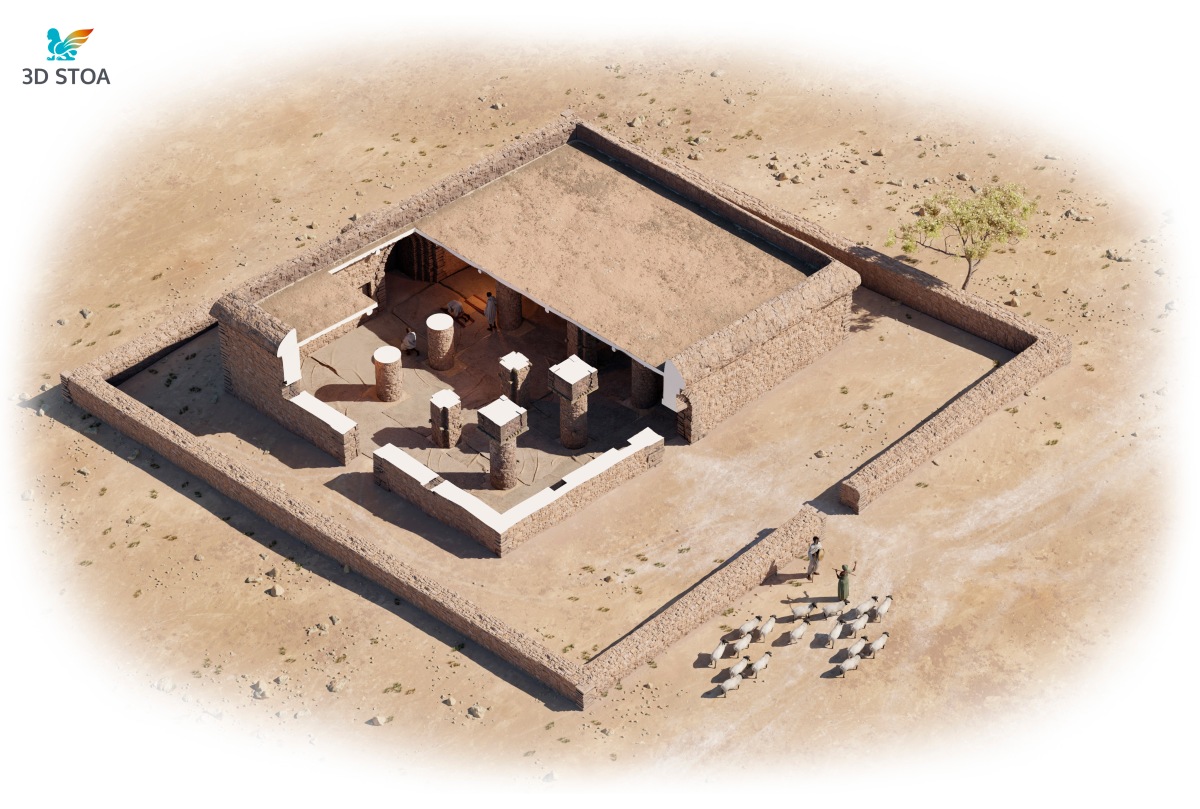Hamzza
VIP
Abasa stone ruins, Somalia, c. 13th to 16th century.
Abasa, in the Awdal region of Somaliland, northern Somalia, is a 43 hectare archaeological site roughly dated from the 13th to the 16th century. It features over 200 ruined stone structures, including 2 documented mosques, 2 cemeteries, wells and a building thought to be a stronghold or administrative building known as the “Darbyah Kola”, or “Fort of Queen Kola”. Abasa is the largest of several similar sites in this inland region of Somalia, associated with the former Adal Sultanate. Recorded pottery remains are overwhelmingly of a local type, though a small number of Chinese celadon shards, Persian wares and polished pottery from northern Ethiopia were also found, indicating Abasa’s participation in local, as well as long distance trade networks.

The Mosque




Abasa, in the Awdal region of Somaliland, northern Somalia, is a 43 hectare archaeological site roughly dated from the 13th to the 16th century. It features over 200 ruined stone structures, including 2 documented mosques, 2 cemeteries, wells and a building thought to be a stronghold or administrative building known as the “Darbyah Kola”, or “Fort of Queen Kola”. Abasa is the largest of several similar sites in this inland region of Somalia, associated with the former Adal Sultanate. Recorded pottery remains are overwhelmingly of a local type, though a small number of Chinese celadon shards, Persian wares and polished pottery from northern Ethiopia were also found, indicating Abasa’s participation in local, as well as long distance trade networks.
The Mosque



